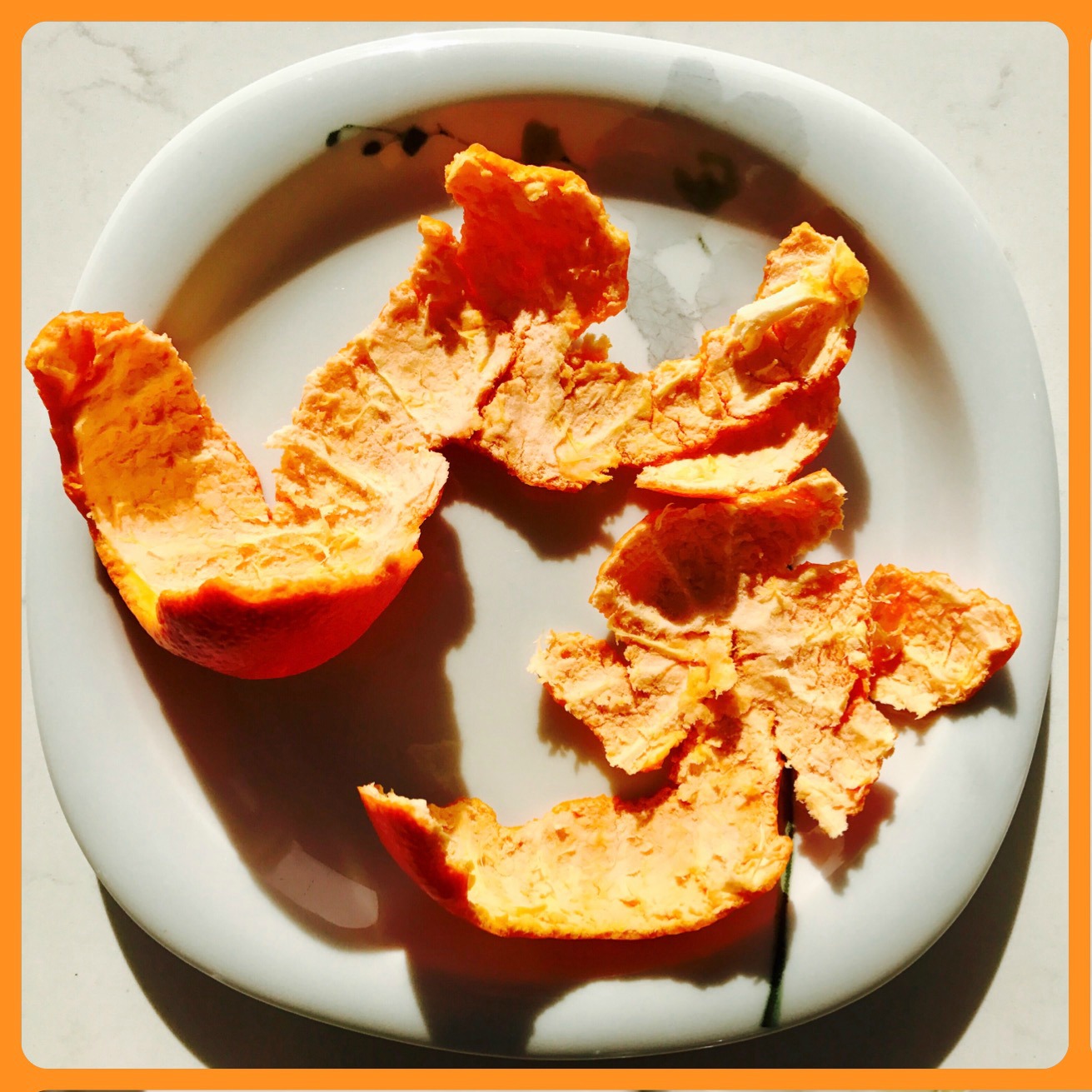 Many people suffer from seasonal allergies, mostly during the fall and early winter months. The key is to figure out what is causing the allergies, and deal with them accordingly, rather than avoiding the outdoors altogether.
Many people suffer from seasonal allergies, mostly during the fall and early winter months. The key is to figure out what is causing the allergies, and deal with them accordingly, rather than avoiding the outdoors altogether.
The number one contributor to seasonal allergies is ragweed. It is the most commonly found weed across the southern, northern and Midwest parts of the United States. Ragweed is an airborne allergen that can travel as far as 400 miles from its original location. It is most often found in vacant lots or on the side of the road and produces billions of pollen particles each season.
The Santa Ana winds move in from October to March, greatly increasing the distance that pollen and spores travel. As most allergens are transmitted through the wind it is important to be aware of its movements. Wind travels furthest during the early morning from around 5am to 10am. During these hours it is best to keep your outdoor activities to a minimum if you are allergy-prone.
To protect against these allergens, it is also not a bad idea to keep all doors and windows in your house shut. Among the most common ways of avoiding winds, however, try using an air purifier in your home. I recommend getting one with a High Efficiency Particulate Arrestor (HEPA) as they remove up to 99.97% of allergens from the air
In addition to pollen, a great contributor to seasonal allergies are mold spores. These little devils typically start up in the fall due to weather change, cropping up in damp piles of leaves and stuffy basements. Try keeping track of those leaves piling up in your front yard, and clear all yard debris as often as possible to keep from growing mold and collecting other allergens.
Fall is a beautiful time of year. Try researching new ways to keep your family clear of allergies this season so you can enjoy a brisk walk with your kids or travel to that great family destination. If you have any concerns, contact your physician, but most likely that tickle in your nose are those pesky little pollen particles!
References Used
http://www.everydayhealth.com/year-round-allergies/most-common-fall-allergies.aspx




